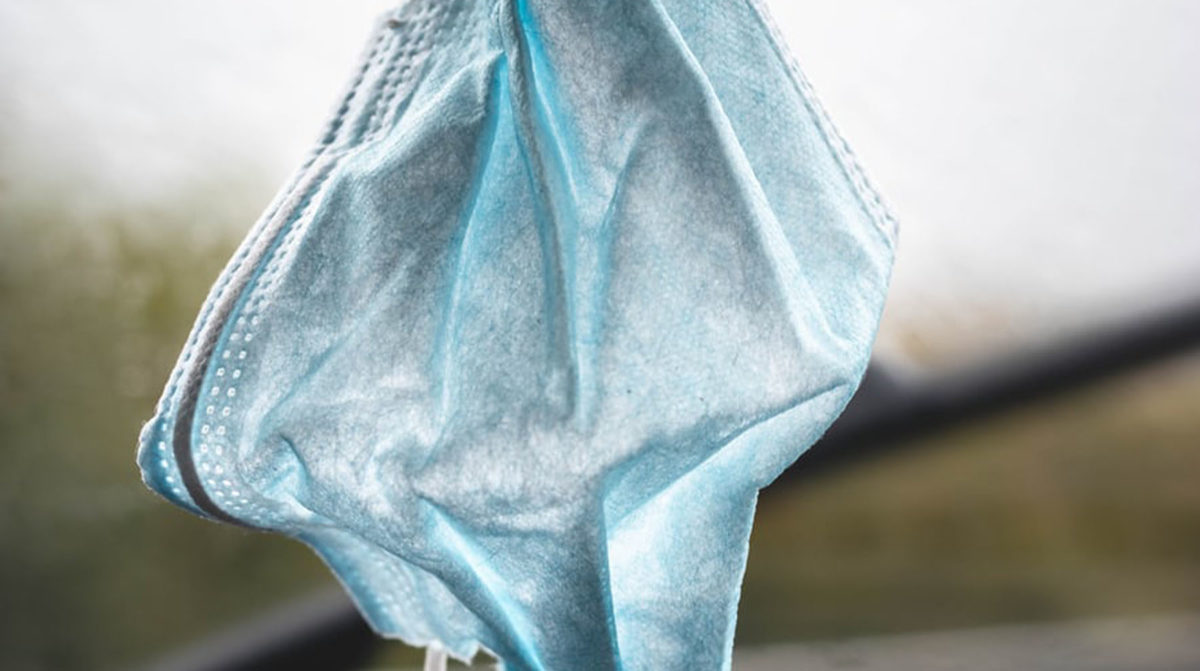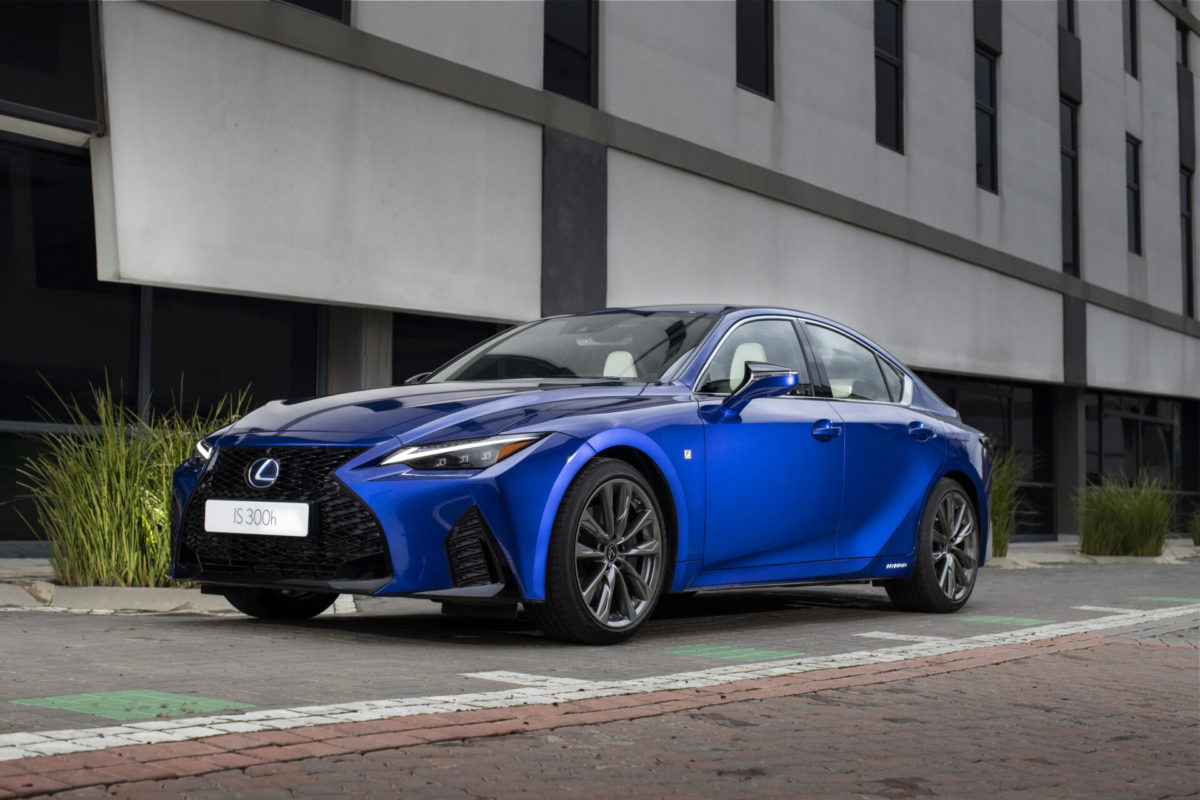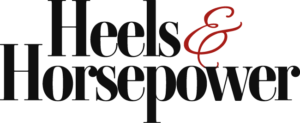WELLNESS WEDNESDAY: Sanitize your hands as well as your car
Before the third wave began in earnest, there was a tendency to be more relaxed about the possibility of contracting or spreading the virus. The reality is that we need to maintain high levels of alertness and that includes ensuring our cars are ‘safe spaces.’
As South Africa battles the third wave of COVID-19 infections, individuals and companies need to recommit to policies put in place to prevent the spread of the virus. This means ensuring vehicles are properly sanitized before and after each drive.

Here are some guidelines we should all be following to ensure our safety and that of everyone around us.
- Wash and sanitize your hands at every opportunity but if you do not have access to hand-washing facilities, just sanitize them.
- If you receive stock or other items, spray or wipe it down with disinfectant.
- At the end of your drive, disinfect the vehicle so that either you can start your next trip with a fully sanitized car.
- Areas to sanitize include: the door, door handles, dashboard, steering wheel, rear-view mirror, gearstick, handbrake, radio, arm rests, seatbelt, seat, indicator levers, seat levers and even fuel cards.
- Wipe down the infotainment system as well but avoid using an alcohol-based cleaner on electronic elements.
- Remember to sanitize the exterior of the vehicle: door handles, door frames and the exterior of the boot.
- If someone travels with you, do not forget to sanitize upon their exit.
- Keep hand sanitizer or wipes in your vehicle.
We should all get into the habit of sanitizing our vehicles and everything that we come in contact with daily. The importance of reducing the spread and impact of the pandemic cannot be over emphasized and we all need to play our part. Start today if you haven’t already begun doing so.
Source: MasterDrive


